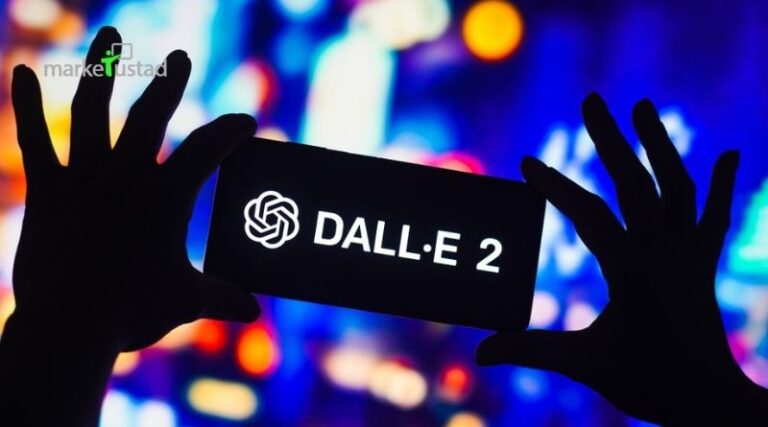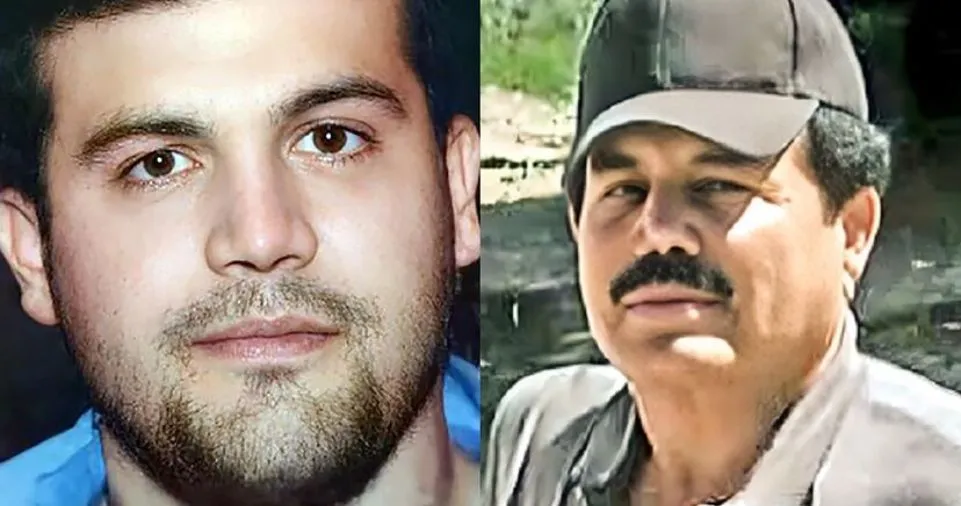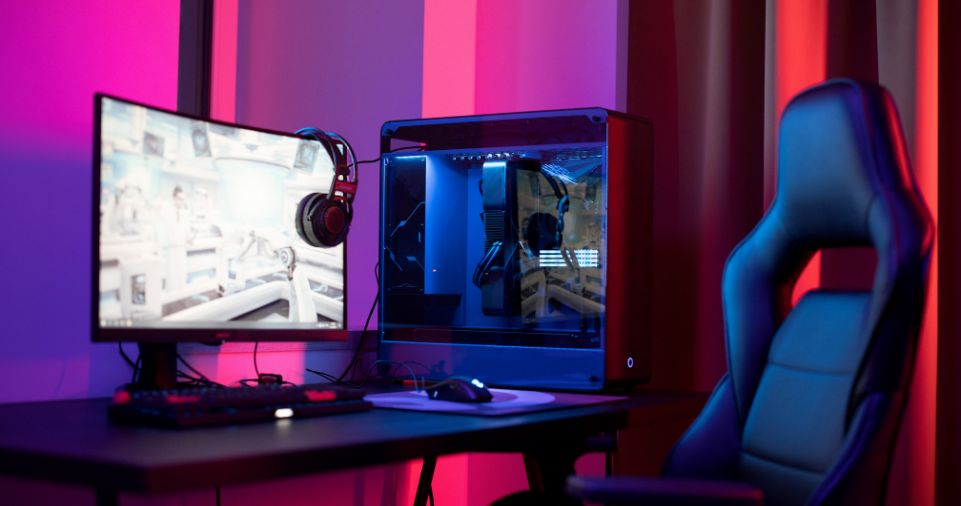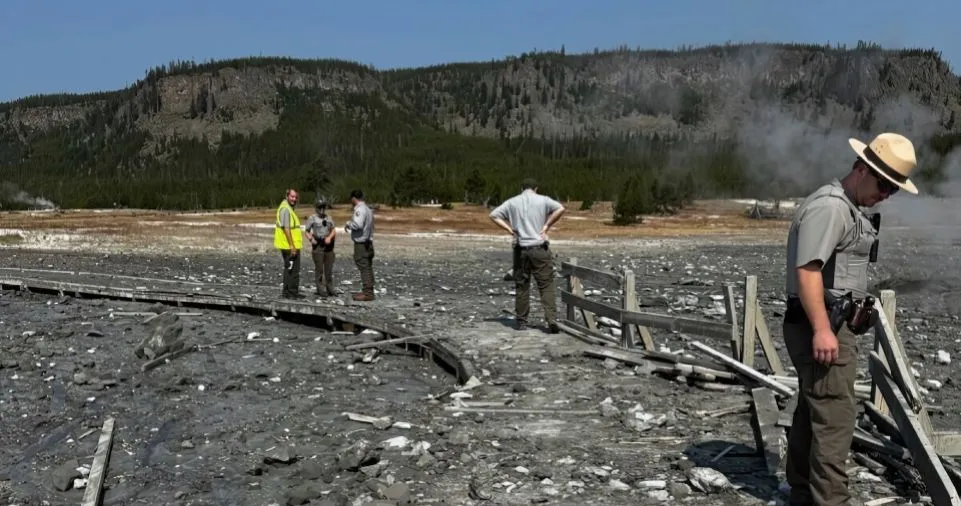Microsoft has released a new feature on its Bing search engine that uses machine learning to create visual aids on the fly. The image creator is currently available in the U.S., but Microsoft says it plans to make it available globally soon.
Microsoft is bringing DALL-E to Bing
Microsoft’s new Bing search engine is getting a surprise feature. Microsoft is bringing DALL-E to Bing. DALL-E, an image creator that can create images of people, animals and objects, has been added to the Bing search engine as part of Microsoft’s new artificial intelligence (AI) platform. The tool was developed by OpenAI, an organization founded by Elon Musk and Sam Altman that aims to build safe AI systems with no lethal consequences or unintended consequences for humans.
Also Read: Amazon kills DPReview, the best camera review site on the web
The feature uses machine learning to create visual aids on the fly. Machine learning is a type of AI that uses data to make predictions. It’s used in many sectors, including healthcare, finance and education. The new feature uses machine learning to create visual aids on the fly by processing images of letters or words with a neural network trained with large amounts of text from the Bing search engine.
DALL-E image creator
The image creator is currently available in the U.S., but Microsoft says it plans to make it available globally soon. Microsoft says that it plans to make DALL-E available globally soon, but the company hasn’t specified a timeline for the rollout. Microsoft and OpenAI are working together on making DALL-E available globally.
Also Read: Google Cloud Platform lags behind GPT-4 and Claude in head-to-head comparison
This may be a good way to help people understand what’s possible with AI. The technology of artificial intelligence is already a big part of our lives. It can be used to do things that we can’t, like think for us or understand the world better than humans ever could. AI is also helping us make better decisions and solve problems.
But there are some concerns as well: if AI becomes too smart, it may start doing things that we don’t want it to do—like taking over human jobs or destroying the planet (at least in some sci-fi movies). In short: no one wants a superintelligent robot taking over the world! So how do we keep them under control?
Also Read: Microsoft signs fourth Call of Duty deal in fresh bid to win over regulators
Conclusion
This is a really cool example of how AI can help us create visual content. I think this will be particularly helpful for people who have trouble understanding what’s possible with AI, like my grandma who doesn’t know how Google Translate works but still wants to try it out. This feature could change how we communicate with each other—and if you’re interested in learning more about neural networks, check out our free ebook on the subject!







